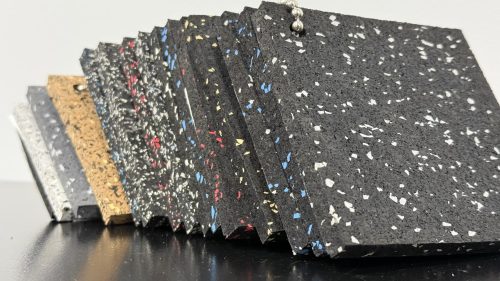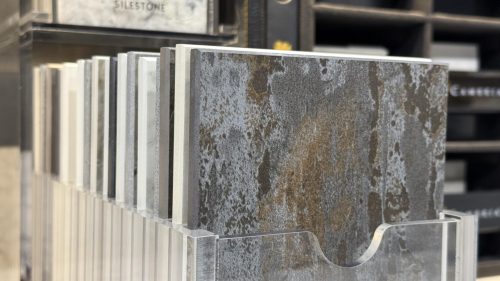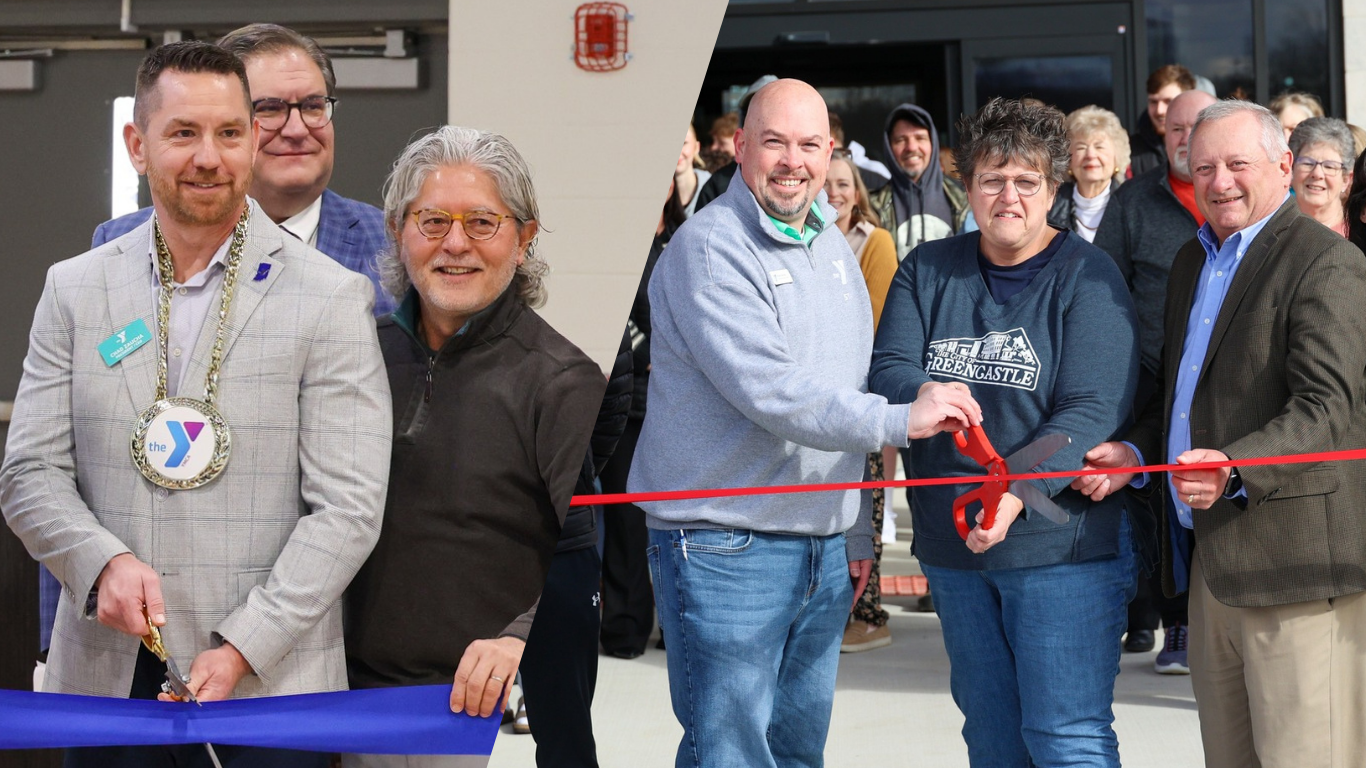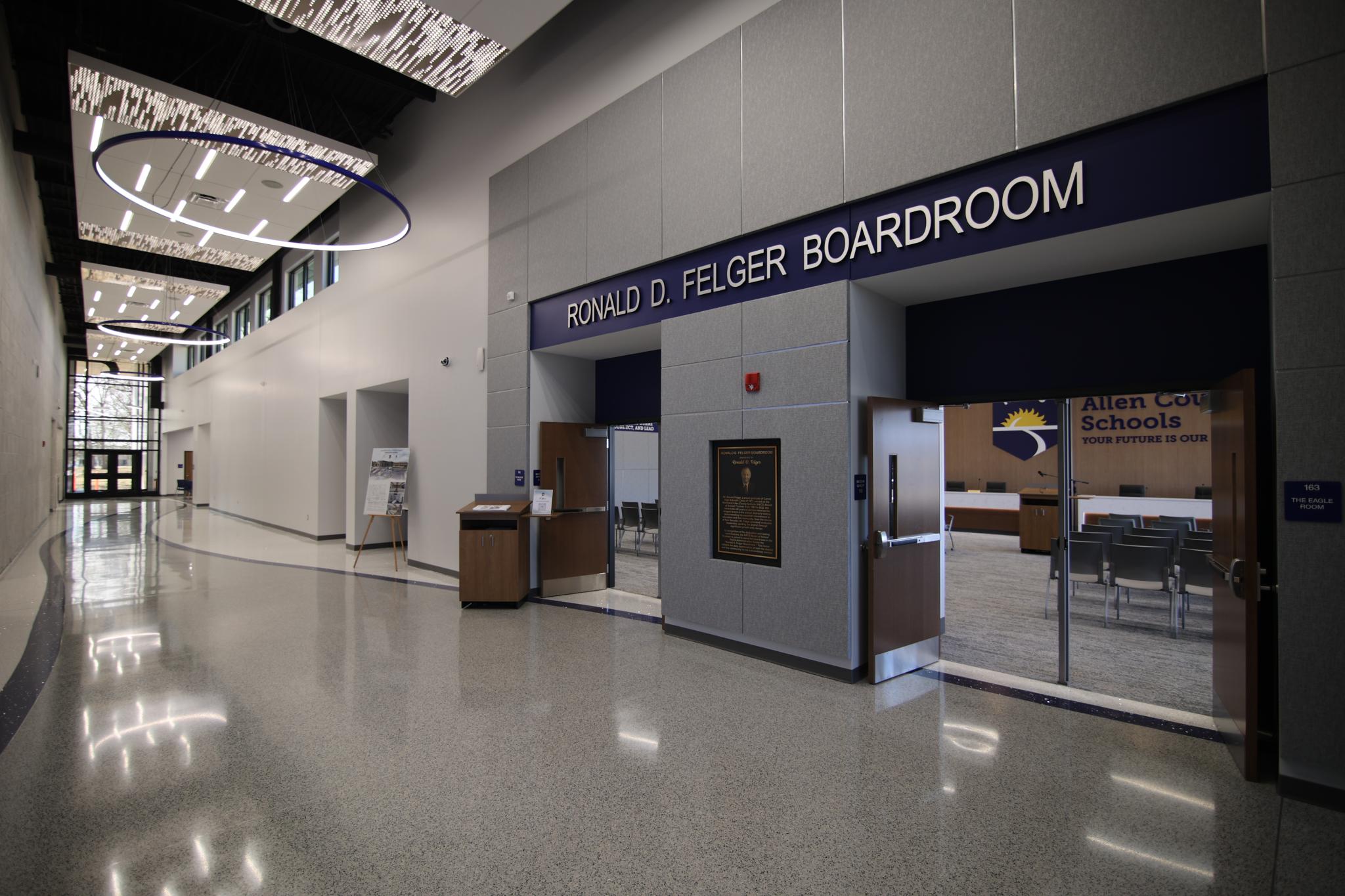How Standardized Interior Design Can Benefit School Districts
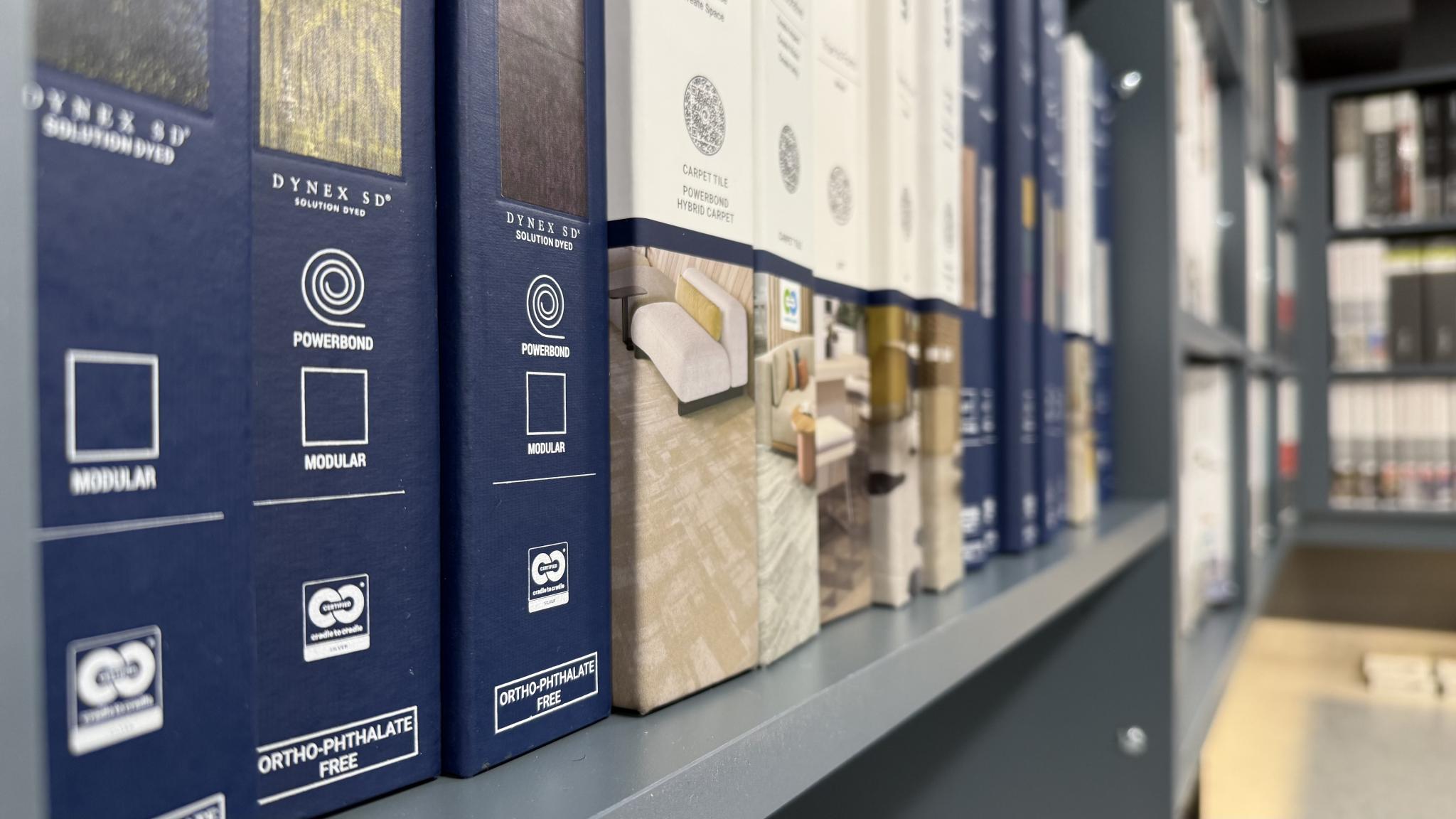
Imagine walking into any school in your district—whether it’s a brand-new elementary school, a decades-old high school, or a recently renovated middle school—and feeling an immediate sense of continuity. The flooring, ceiling tiles, paint colors, and even the classroom furniture work together in a way that’s both familiar and functional. The spaces feel unified, intentional, and built for longevity.
That’s the power of standardizing interior design materials across a school district.
Many districts face the challenge of balancing cost-efficiency, long-term maintenance, and student-centered design in their facilities. With each new project, different schools end up with different materials, creating a patchwork of finishes that require varied upkeep, separate purchasing agreements, and inconsistent aesthetics. But by establishing district-wide interior design and materials standards, schools can save money, streamline maintenance, and create a seamless learning environment that supports students and staff alike.
Why Standardization Matters
Think about the everyday wear and tear a school experiences. Thousands of footsteps travel the halls. Chairs scrape against floors. Ceilings must withstand everything from light fixtures to air circulation systems. When materials differ from one building to the next, so does the way they wear down—and so does the way they must be maintained.
By using coordinating types of flooring, ceiling tiles, wall finishes, cabinetry, and fixtures across all district buildings, school leaders can simplify operations and maximize efficiency in several ways:
- Predictable Maintenance & Repairs – When custodial and maintenance teams don’t have to juggle different cleaning methods or track down specific replacement parts, they can work faster and more effectively. No more guesswork on how to clean a specialty tile in one school versus a standard one in another. No more warranty voids due to improper care. Just consistency and reliability.
- Bulk Purchasing Power – Schools operate on tight budgets, and every dollar matters. By committing to standard materials and trusted vendors, districts can leverage bulk purchasing agreements, often unlocking deep discounts and favorable pricing structures. This not only reduces upfront costs but also supports long-term financial planning.
- Seamless Future Expansions & Renovations – Schools evolve. New wings are added. Old spaces are reimagined. When there’s already a district-wide design standard in place, expansions can blend in naturally, avoiding the awkward mismatches that sometimes occur when new meets old.
A Unified Look, Without a One-Size-Fits-All Feel
Some might worry that standardization means every school ends up looking identical, losing the uniqueness that makes each campus special. But standardization isn’t about making every space a carbon copy—it’s about creating a flexible framework that ensures quality and cohesion while allowing for localized customization.
For example, an architecture and interior design team can establish a palette of approved materials and finishes while still allowing schools to choose accent colors or furniture styles that reflect their individual culture. The end result? A district that looks thoughtfully planned, not overly uniform.
How Elevatus Helps
Developing interior design standards isn’t about picking the cheapest materials or locking a district into a rigid system. It’s about making smart, strategic choices that balance durability, aesthetics, and long-term value.
By partnering with Elevatus and our Education and Interiors teams, school districts can:
- Assess existing facilities to identify the best-performing materials already in use.
- Select high-quality, cost-effective products that stand up to the demands of school life.
- Create a strategic implementation plan to introduce standards in phases, rather than all at once.
- Ensure that selections align with student and staff needs, from acoustics in classrooms to slip-resistant flooring in hallways.
A Smarter, More Sustainable Future
Schools are long-term investments. By standardizing interior design materials across a district, school leaders can make decisions that save money, simplify maintenance, and ensure lasting quality—all while creating environments where students and educators thrive.
At Elevatus, we believe in designing with intention. Whether you’re planning a new school or looking to align existing facilities with future needs, we’re here to help create learning environments that are cohesive, cost-conscious, and built for generations to come.
Abigail Redick is an Interior Designer with Elevatus specializing in Educational projects. An IIDA Associate, Abigail has a WELL AP certificate. She can be reached at aredick@elevatus.com.
